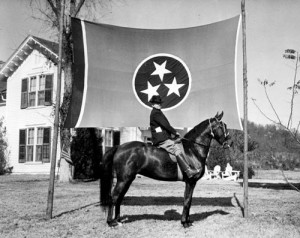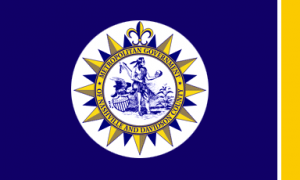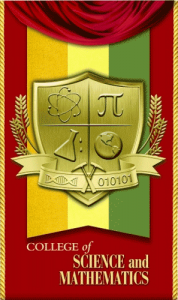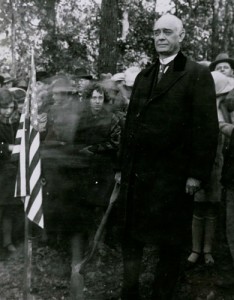Tennessee’s flags are filled with oddities

As a state, Tennessee has an unusual flag. As a city, Nashville has a complicated flag. As a college, Austin Peay sports a gonfalon.
When Tennessee entered the United States 220 years ago, it chose red, white and blue for its state flag. But the hues were arranged in a unique way. The red portion occupies most of the banner; the white is only a thin vertical stripe; and blue makes up a thicker strip at the far edge.

In the center of the red segment lies a blue circle containing three stars to represent geographic portions of the state: East, Middle and West. It took a while for the state to settle on the current flag, which wasn’t adopted until 1905.
More recently, two pledges of allegiance to the state banner were written. According to the state’s website, “the first official salute was written by Lucy Steele Harrison and adopted…in 1981: ‘Three white stars on a field of blue/God keep them strong and ever true./It is with pride and love that we/salute the Flag of Tennessee.’”

The second poem, chosen six years later, was penned by Miss John Bostick: “Flag of Tennessee, I salute thee./To thee I pledge my allegiance with/my affection, my service and my life.”
Tennessee’s capital of Nashville has a municipal flag design that imitates the state banner: a circle in the middle and a strip on the fly end. But the banner’s colors are blue, yellow and white.

In the center of the city flag lies Nashville’s seal, which includes an odd image: an Indian holding a skull. According to the city’s website, “the history and meaning [of that design] is not known….The Native American Indian was identified as the famous Cherokee leader Chief Oconostota.” Other images on the busy flag include an eagle and tobacco.
Austin Peay State College in Clarksville, Tennessee, has an odd name and an odd college flag. In fact, “flag” isn’t the best word for the institution’s vertical gonfalon. As the college explains on its website, “Gonfalons are banners [that] symbolize the different academic areas within the university. The colors on the background…correspond with the disciplines associated with each college or school.”

Red is the official color of Austin Peay. The gonfalon of the university’s division of science and mathematics holds symbols that rest on “a background of gold, yellow, and sage green stripes representing the…colors of the college’s major degrees.”
As for Austin Peay himself, he was a governor of Tennessee and most famous for signing into law the anti-evolution bill that led to the Scopes “monkey trial” in 1925.
